Inclusive Yoga for Diverse Learners
What if the starting point for our humanity is not ability, but vulnerability?
When we approach yoga through the lens of relationship and trust, we see vulnerability not as a flaw, but as a shared human truth. We learn to celebrate interdependence, not just independence. Children and teens with diverse developmental needs deserve tools that honor their full range of experience, not just their ability to meet classroom or societal expectations. Inclusive yoga supports emotional growth, cognitive development, and self-confidence by creating space for every student to participate and thrive.
At Grounded Kids Yoga, we believe inclusive teaching is trauma-aware, emotionally fluent, and built on consistent relationships. Our programs prepare educators, therapists, caregivers, and classroom professionals to adapt poses, sequences, and strategies with clarity and structure for:
- Autism Spectrum Disorder
- Sensory processing and emotional dysregulation
- Down syndrome, cerebral palsy, and motor coordination differences
- Anxiety, ADHD, trauma history, and learning differences
Children with diverse needs are already part of every classroom, family, and community. Inclusive yoga offers a clear and consistent way to support their development through movement, breath, and playful learning. With the right tools, every child can participate meaningfully and feel a sense of trust and belonging.
Why Yoga Helps
Inclusive yoga supports regulation, confidence, and connection across domains. These four categories represent the areas where we consistently see growth and change in children who practice yoga with skilled guidance.
What Training Includes
- Design accessible and effective class plans
- Support regulation with adaptable breathwork
- Use props, pacing, and sequence structure to meet a wide range of needs
- Recognize how physical, cognitive, and emotional development intersect in movement-based learning
Learn More About Our Approach
Yoga for Children With Diverse Needs
How to Teach Yoga to Kids
Kids Yoga Lesson Planning and Curriculum
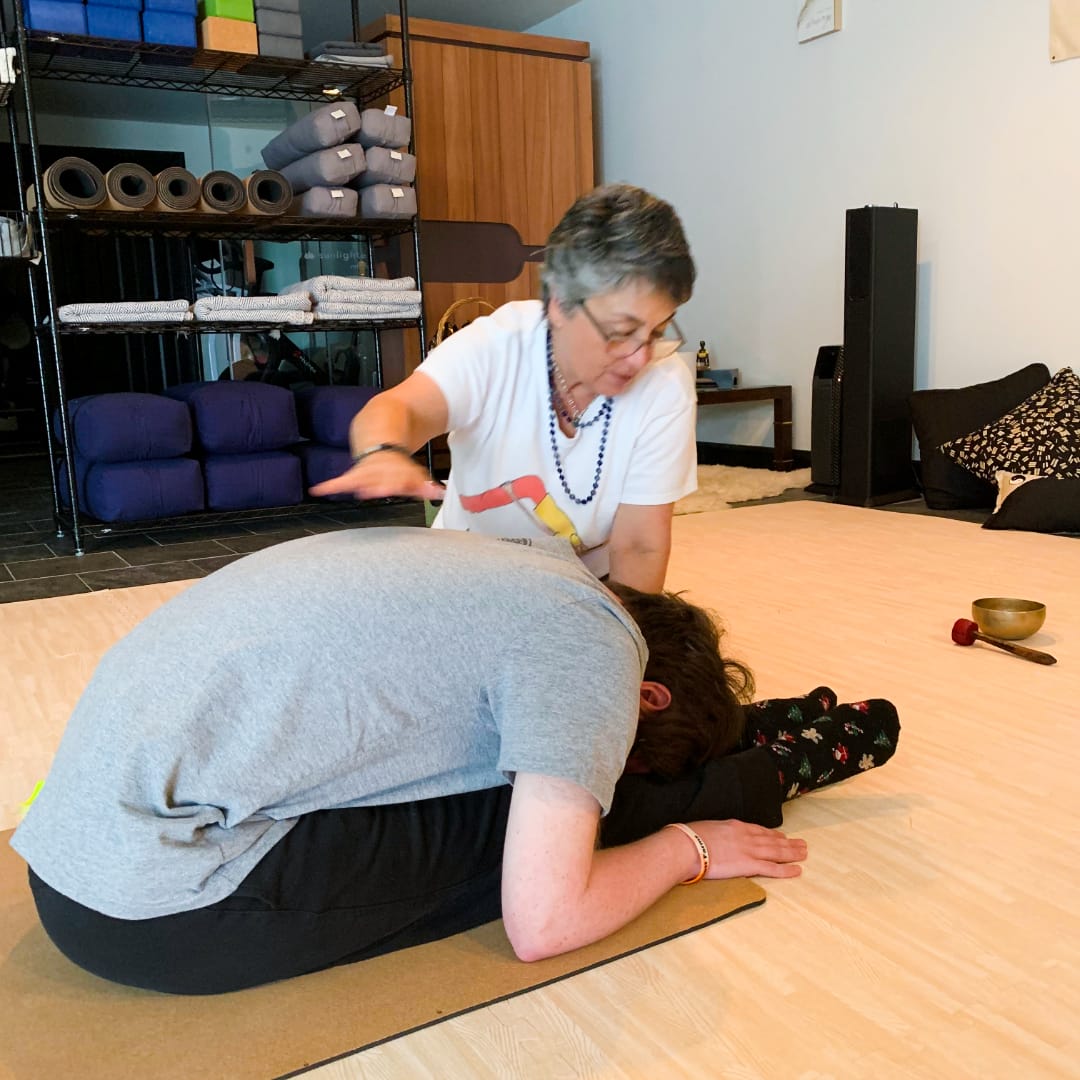
One of our longtime students, Jacob, has practiced yoga with Sedef for over six years. Jacob lives with Down syndrome and autism and is also a cancer survivor. His presence in class reflects quiet confidence, focus, and trust earned through consistency and care. This year, Jacob received a volunteer service award from the City of Milton, Georgia. His growth is not just physical but relational and his practice embodies what’s possible when inclusive teaching is steady, joyful, and rooted in trust.

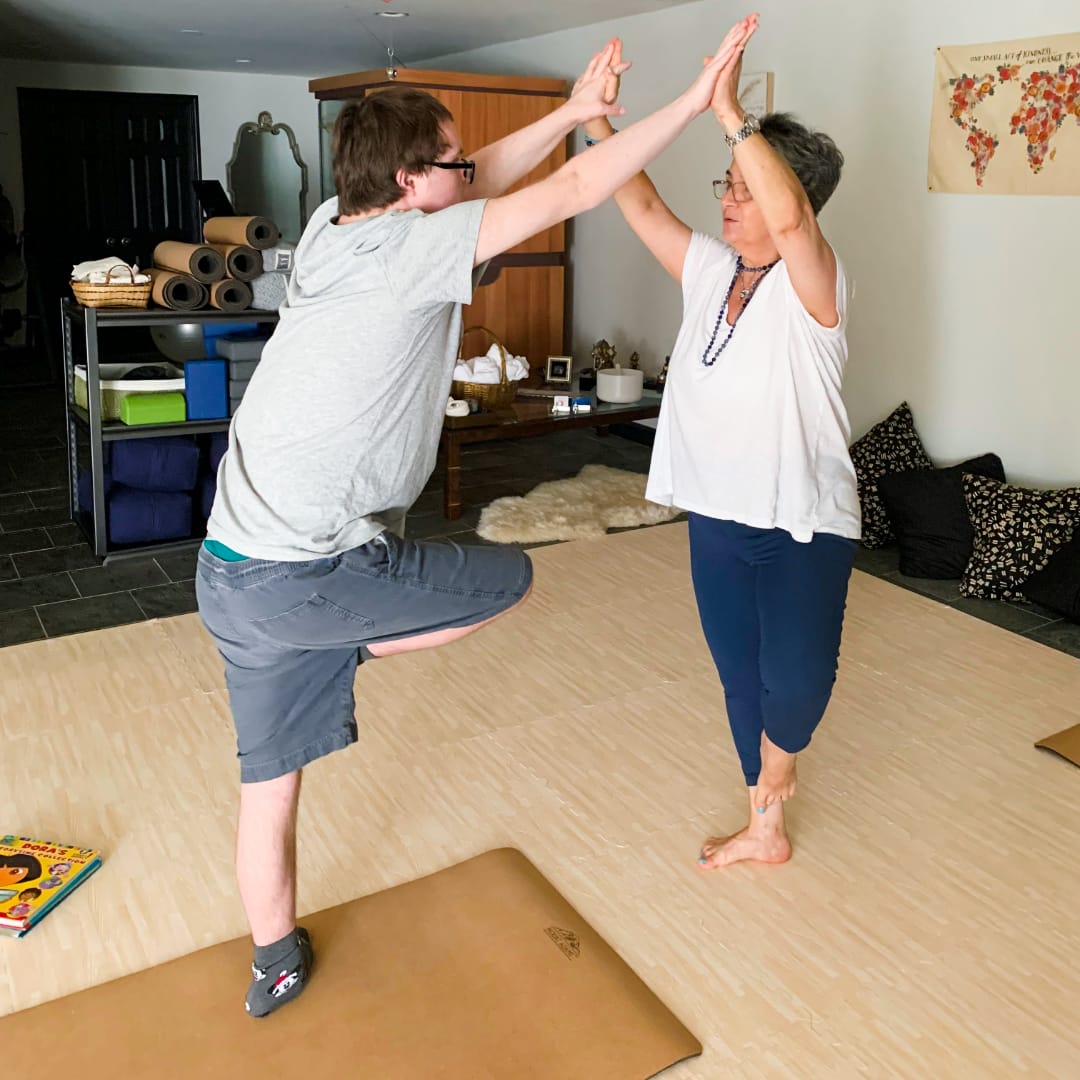

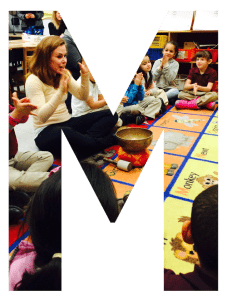
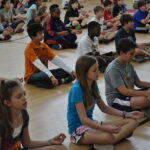
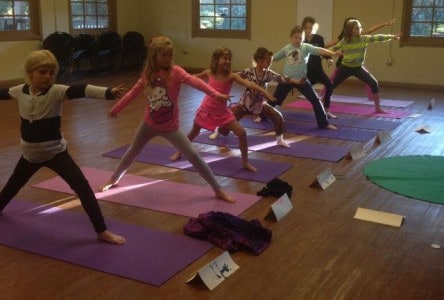
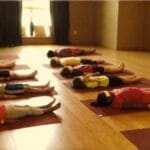

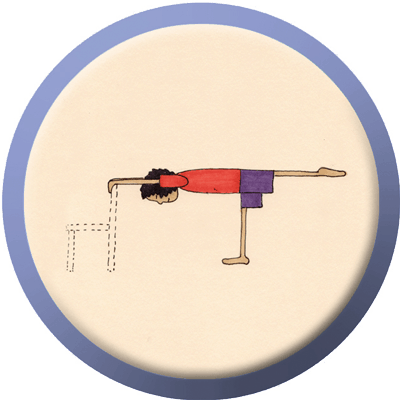 Have you ever head the term “The Ground Truth”? Spies say it when they want to know what really went down, no cover-ups and no interpretations. Apparently in life or death spy situations it’s important to know the ground truth in order to move forward in the mission. In NASA, the ground truth is part of the calibration process where a person on the ground makes a measurement of the same thing the satellite is trying to measure at the same time. The two answers are then compared to help evaluate how well the satellite instrument is performing.
Have you ever head the term “The Ground Truth”? Spies say it when they want to know what really went down, no cover-ups and no interpretations. Apparently in life or death spy situations it’s important to know the ground truth in order to move forward in the mission. In NASA, the ground truth is part of the calibration process where a person on the ground makes a measurement of the same thing the satellite is trying to measure at the same time. The two answers are then compared to help evaluate how well the satellite instrument is performing.